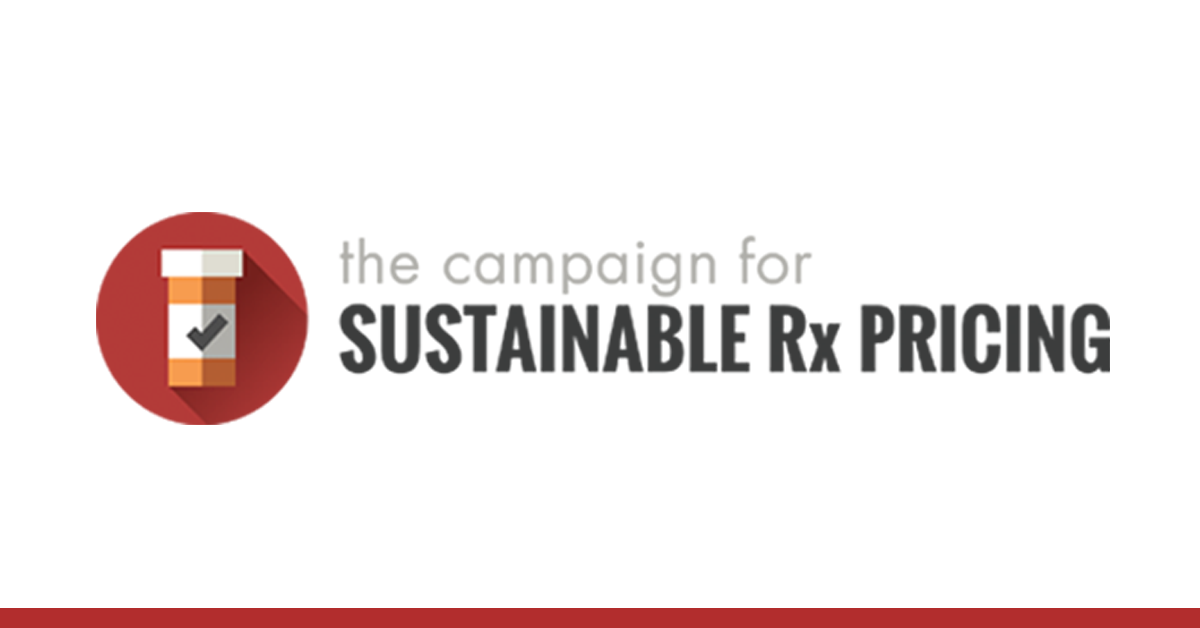© 2025 CSRXP- All Rights Reserved

ICYMI: CSRxP Corrects The Record On Price Transparency
Oct 31, 2018
The Trump Administration took another step earlier this month to help lower drug prices by proposing a new regulation that would require drug makers to include a medication’s list price in direct-to-consumer (DTC) advertisements. Despite the fact that this proposal has strong support from the American public and bipartisan members of Congress, it has unsurprisingly received a strong rebuke from Big Pharma and its backers. One health care expert even argued that sharing this information would be worse than sharing no information at all and that it would “hurt consumers.”
As CSRxP wrote in the Washington Examiner:
“It’s that kind of thinking that has perpetuated Big Pharma’s price-gouging for decades … For too long, our healthcare system has protected the status quo, allowing drug manufacturers to set out-of-control prices that pad their bottom line, while wringing patients and taxpayers dry. President Trump and U.S. Health and Human Services Secretary Alex Azar, as well as bipartisan policymakers such as Sens. Dick Durbin, D-Ill., and Chuck Grassley, R-Iowa, got behind this proposal to put a stop to that.”
Let’s remember:
“Drugmakers set the list price. Then, it’s up to rest of the drug supply chain – payers, insurers, hospitals, and so on and so forth – to figure out how to pay for it … When the list price goes up, so does the price you pay.”
Looking ahead, CSRxP added:
“DTC advertising requirements are by no means a cure-all. There is still a lot of work to be done in order to make drugs more affordable for all Americans … having all the facts, including the price drug manufacturers set, is a critical first step. Rather than continuing to hide the ball, Big Pharma should strongly consider joining the conversation about how to address the problem.”
FULL OP-ED:
Lauren Blair
October 29, 2018
Washington Examiner
Drug companies are making record profits while 1-in-4 patients cannot afford the medications they need most. So, it’s difficult to understand why anyone would be opposed to lifting up the hood on rising drug prices.
Over the past five years, brand name drug prices have increased at 10 times the rate of inflation. Just look at Humira — the world’s bestselling drug, commonly used to treat arthritis. Over the last five years, the price of Humira has been raised 12 times, causing a 248 percent price increase. Today, the cost of one prescription is nearing $40,000.
In response to mounting public concern over out-of-control drug prices, Big Pharma’s strategy has been to dismiss their own involvement and shift blame to everyone else. Here’s the problem with that approach: Nobody forces drug companies to charge high drug prices, they do that all on their own. And soon, thanks to the Trump administration’s new regulation requiring drug companies to disclose the list price of medications in their direct-to-consumer advertising, that fact will become abundantly clear to policymakers and the American people alike.
This new rule is not only strongly supported by the American public and bipartisan members of Congress, it’s simply the right thing to do. Just as patients need to know about the possible side effects of a drug, they also need to know how much it costs and whether there are more affordable treatments available.
Looking for any opportunity to push back on this popular proposal, Big Pharma backers have expressed “concerns” that advertising the list price could cause confusion, arguing that most patients do not pay the list price. That’s true, they don’t. But in many ways, they wind up footing the bill one way or another.
Here’s how. Drugmakers set the list price. Then, it’s up to rest of the drug supply chain — payers, insurers, hospitals, and so on and so forth — to figure out how to pay for it. As prices rise, so do out-of-pocket costs, premiums and overall healthcare spending along the way.
Put simply, it is the list price — the price that drugmakers are solely responsible for setting — that determines the price patients ultimately pay for their medications. When the list price goes up, so does the price you pay.
Recently in the Washington Examiner, a healthcare expert wrote that sharing the list price paints an incomplete picture, to the point that patients would be better off without the information. It’s that kind of thinking that has perpetuated Big Pharma’s price-gouging for decades.
For too long, our healthcare system has protected the status quo, allowing drug manufacturers to set out-of-control prices that pad their bottom line, while wringing patients and taxpayers dry. President Trump and U.S. Health and Human Services Secretary Alex Azar, as well as bipartisan policymakers such as Sens. Dick Durbin, D-Ill., and Chuck Grassley, R-Iowa, got behind this proposal to put a stop to that.
DTC advertising requirements are by no means a cure-all. There is still a lot of work to be done in order to make drugs more affordable for all Americans — both in terms of strengthening transparency and increasing competition. And it will not happen overnight. Big Pharma has spent billions of dollars to protect their profit margin. It’s going to take continuous policy changes and a sustained, coordinated effort to buck this trend. And having all the facts, including the price drug manufacturers set, is a critical first step.
Rather than continuing to hide the ball, Big Pharma should strongly consider joining the conversation about how to address the problem.
Lauren Blair is the communications director for the Campaign for Sustainable Rx Pricing, a nonpartisan coalition committed to fostering an informed discussion on sustainable drug pricing and developing bipartisan, market-based solutions that promote competition, open and honest pricing, and value to improve affordability.
